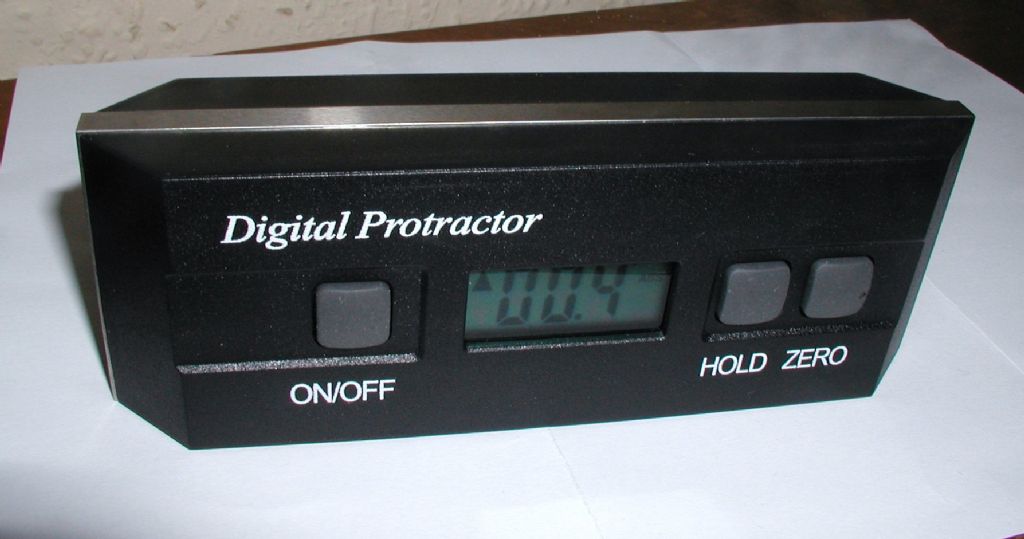Posted by Terryd on 29/11/2010 22:18:44:
Can someone please enlighten me as to why levelling a lathe is so important. Surely it is enough to ensure that there is no twist or other distortion in the bed which may affect turning. Surely it doesn’t matter whether it lies at 20 degrees (or any other for that matter) as long as it turns accurately.
One thing we discovered at work some while back was that if you don’t have a level, solid floor to mount machines on, it takes rather less vibration than you might think to get them to migrate their positions over time. Does levelling the machine on an unlevel floor improve things? All I can say is that it seemed to, both with a 2 ton mill and the lathe. The mounts we used on the lathe were certainly a lot more reluctant to move than the lathe was without them, so this certainly helped, but…
The installation instructions that came with my Kerry lathe recommend quite specifically that it should be bolted to the floor through suitable packing, having been levelled carefully in all directions first, and that periodic checks should be made on the foundations it’s bolted to to ensure that settling doesn’t destroy the initial alignment. Having had all this trouble previously with vibration, I have to say that these recommendations make good sense to me now. And I would have thought that the Kerry warning about settlement and periodic checks would apply to quite a few ‘domestic’ installations; most garage concrete floors aren’t generally that thick, and unless you laid yours yourself and have good knowledge of the ground conditions, it would be worth at least an annual check.
So I’d say that there was a good chance that the old advice to get things level wasn’t just about turning – there’s definitely more to it than that.
Terryd.








